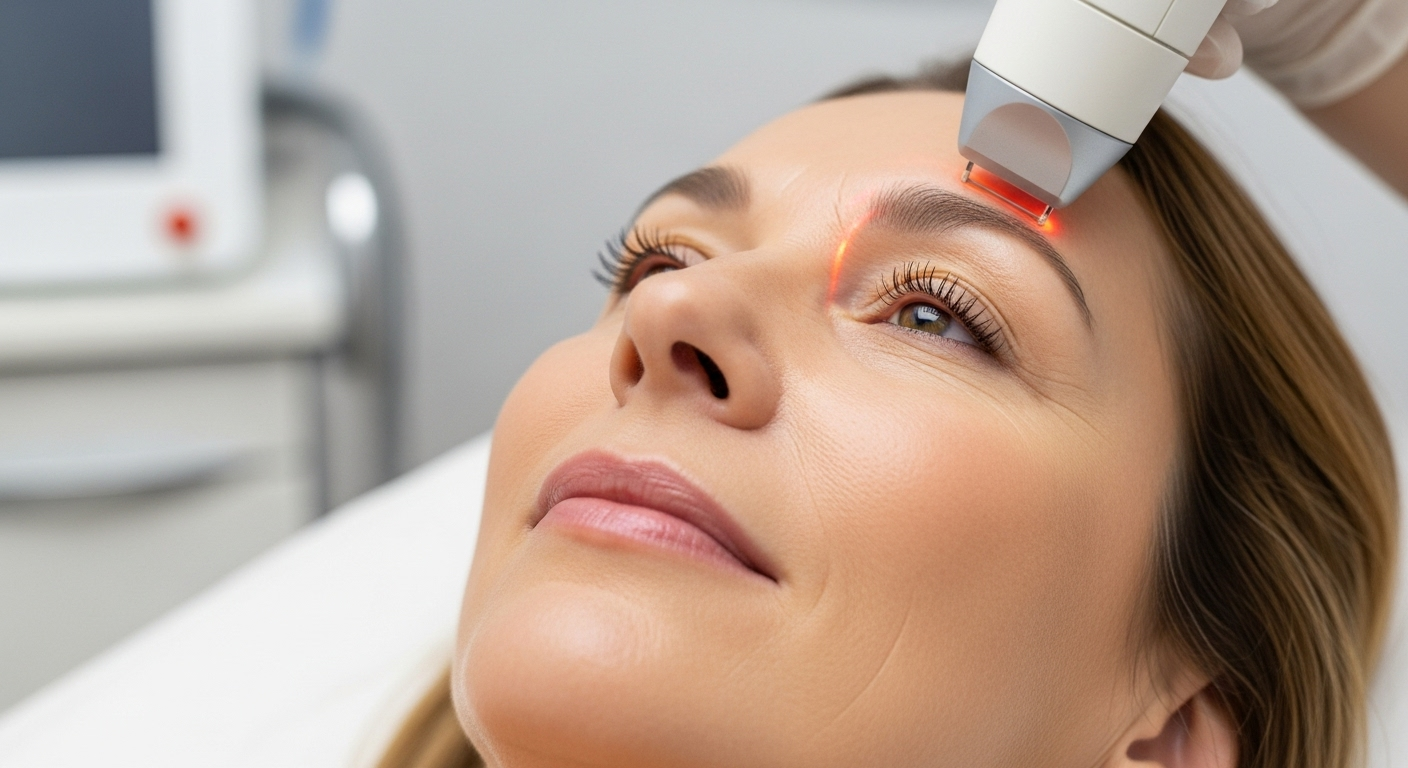Wondering how to reduce the appearance of wrinkles effectively? Laser treatments may be the solution. Delve into the benefits, types, and considerations of laser therapy for rejuvenating your skin.
As we age, wrinkles naturally develop due to a combination of factors like sun exposure, lifestyle choices, and the decrease of collagen production in our skin. For many, these signs of aging can feel daunting. Today, we’ll explore the role of laser treatments as a potential solution for minimizing wrinkles. What exactly are the types of lasers available? Who is the ideal candidate? What can one expect during recovery? By addressing these questions, you’ll gain a better understanding of how laser treatments can fit into your skincare routine.
Understanding the types of laser treatments for wrinkles
Laser treatments are not a one-size-fits-all solution. Two main types are commonly used for wrinkles: ablative and non-ablative lasers.
Ablative lasers
These lasers remove the outer layer of skin, promoting new skin growth. They are more invasive and require longer recovery times but can offer significant results for deeper wrinkles. Examples include Carbon Dioxide (CO2) lasers and Erbium lasers.
Non-ablative lasers
In comparison, non-ablative lasers do not remove skin layers but instead stimulate collagen production in the underlying layers. They require less recovery time and are often recommended for those with mild to moderate wrinkles. Common non-ablative lasers include Fractional lasers and Pulsed-dye lasers.To choose the right option, consider the extent of your wrinkles and your daily routine. Non-ablative treatments may suit those with lighter wrinkles who cannot afford downtime, while ablative options may be more favorable for individuals seeking more dramatic results.
Who is an ideal candidate for laser treatments?
Determining the best candidate for laser treatments involves looking at various factors, including skin type, overall health, and severity of wrinkles. Generally, individuals in good health without active skin infections or certain skin conditions like eczema may be considered suitable candidates. Those with fair to medium skin tones often see better results due to the contrast between the skin and wrinkles.
Skin type
Different skin types respond differently to laser treatments. Those with darker skin should consult with a specialist

